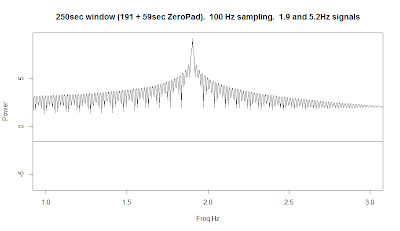So, I'm reading up on Chuck Yeager. During the movie [The Right Stuff], I was thinking that he's
arguably the baddest human being who ever lived, but that may have been Sam Shepard's acting. Anyway, there is video in his wiki page
documenting his 1947 flight breaking the sound barrier. And it has a line that is kinda frying my
noodle .. "For the first time except in time a man has flown an airplane
faster than the speed of sound." The video is embedded in the wiki page, but this
is the direct
link.
What does that mean "for the first time except in
time"?
Accordingto Google, it's the only instance of that phrase on the internet (one result
is the transcript of that video and the other two are actually "except in time of
war"). Maybe someday Google will return this post, too.
















